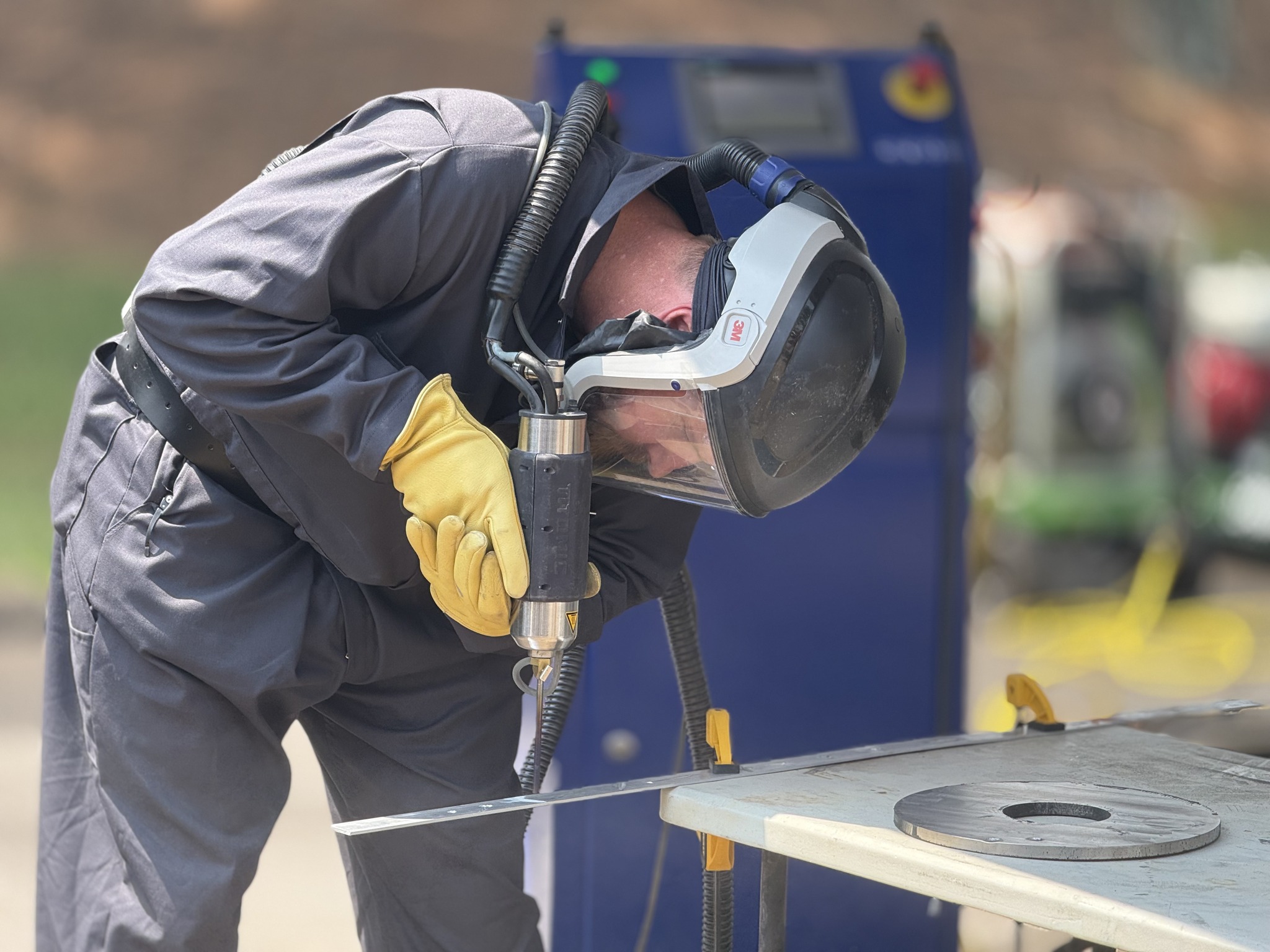Federal dollars to help Oklahoma in broadband, water, public transit projects
Published 2:21 pm Thursday, January 18, 2024
Federal funding will help Oklahoma expand broadband, clean water and public transportation access throughout the state, state officials say.
Oklahoma will receive about $1.4 billion over five years from the bipartisan Infrastructure Investment and Jobs Act passed in 2021. Of that, $797.4 million has been earmarked for broadband expansion through the Broadband Equity, Access and Deployment, or BEAD, Program.
Trending
The Infrastructure Investment and Jobs Act passed the U.S. Senate by a bipartisan vote of 69-30 in August 2021, followed in November of that year with passage in the U.S. House on a vote of 228-206.
All of Oklahoma’s congressional delegates, all Republicans, voted against the legislation. U.S. Sen. James Lankford said at the time that the bill was “overspending,” and blamed Democrats for filling it with their Green New Deal policies.
“Infrastructure and debt should not be partisan issues. This bill is the first step toward the Green New Deal, and it adds billions to our national debt on top of last year’s emergency COVID spending,” he said in a statement at the time. “Infrastructure is important, but it’s not a crisis. The better infrastructure policy would prioritize building the multitude of projects we can pay for without additional debt. I cannot support this bill.”
Nearly 30% of Oklahomans do not have an internet subscription, but when federal infrastructure funding is added to other grant funds already announced, the Oklahoma Broadband Office says it will administer around $1.2 billion to fulfill its five-year mission to provide access to affordable and reliable high-speed internet service to at least 95% of Oklahomans.
Tom Karalis, executive vice president of the Oklahoma Rural Broadband Association, said the problem with broadband access in Oklahoma is like what other states face in that larger companies do not want to invest in rural areas because the return on investment is lower.
“A lot of these rural areas were neglected by the AT&Ts and the Verizons of the world,” Karalis said. “The rural companies that I represent have stepped up and have not only provided this in their exchanges but have expanded their footprint to the areas that were neglected.”
Trending
With this influx in funding, Karalis said companies — especially smaller companies like the ones his association works with — can expand into rural areas and provide the high-speed broadband that customers want.
Karalis added that he has seen what access to broadband can do for a community, including new businesses opening, residents gaining access to doctors who are hours away and students continuing their education, even if they are not in the same city as the school.
“Yes, (the Infrastructure Investment and Jobs Act money) is a necessity. The money will not only provide broadband access, but it’s going to help maintain those routes in the fiber connections for many years to come,” Karalis said. “There are so many opportunities that have come open because of this money that’s been available to our government.”
The funding will also help support water projects in Oklahoma, but it is far less than what the state needs.
A state water plan is in the works, said Owen Mills, director of water planning at the Oklahoma Water Resources Board. He said the state is still gathering data and information.
The last time Oklahoma put together a water plan was in 2012. That plan found that the state would need to invest $82 billion in water and wastewater upgrades by 2050. Small towns with populations under 3,300 needed $17 billion worth of investments, Mills said.
He said the current water plan will look to infrastructure needs by 2075.
The Infrastructure Investment and Jobs Act has allocated $506 million to Oklahoma for water and wastewater infrastructure over the next five years, and the state has already allocated $500 million in American Rescue Plan Act funding. But those amounts are a drop in the bucket of what the state needs, Mills said.
“Half a billion (in federal funding) sounds wonderful, but there’s a long way to go,” Mills said. “We need to figure out a longer-term solution.”
“This is a one-time shot in the arm and getting things started and rolling, but there’s just a lot more work that needs to be done,” he added.
Oklahoma is also gearing up to receive federal infrastructure funding for public transportation. The state has been allocated about $67 million over five years to improve public transportation programs.
Andrea Ball, Oklahoma Transit Association executive director, said the state has been “extraordinarily innovative” in establishing public transit programs across the state. Ball said 99% of Oklahomans are within one mile of trains of service.
“It’s significant when you think about how large as well as how rural Oklahoma is, but that said, there’s always work to be done,” Ball said.
She said the state recently launched Rolling Oklahoma Classroom, which is designed to bring awareness of public transit options in Oklahoma. It also provides hands-on safety and security training for transit workers and addresses human trafficking awareness and prevention across the state.
The state has also started an on-demand service, similar to Uber, to help spread access to public transit. Ball said after seeing success in some cities, it is being expanded across the state.
The federal money will be a “positive boost for Oklahoma,” she said, adding that her organization plans to use the dollars to increase the number of public transit vehicles, expand service hours, and recruit and retain more transit drivers.
“The forever goal is to be able to serve every single Oklahoman with public transit service, and I think probably more importantly, make sure that they know that it’s available,” Ball said.





